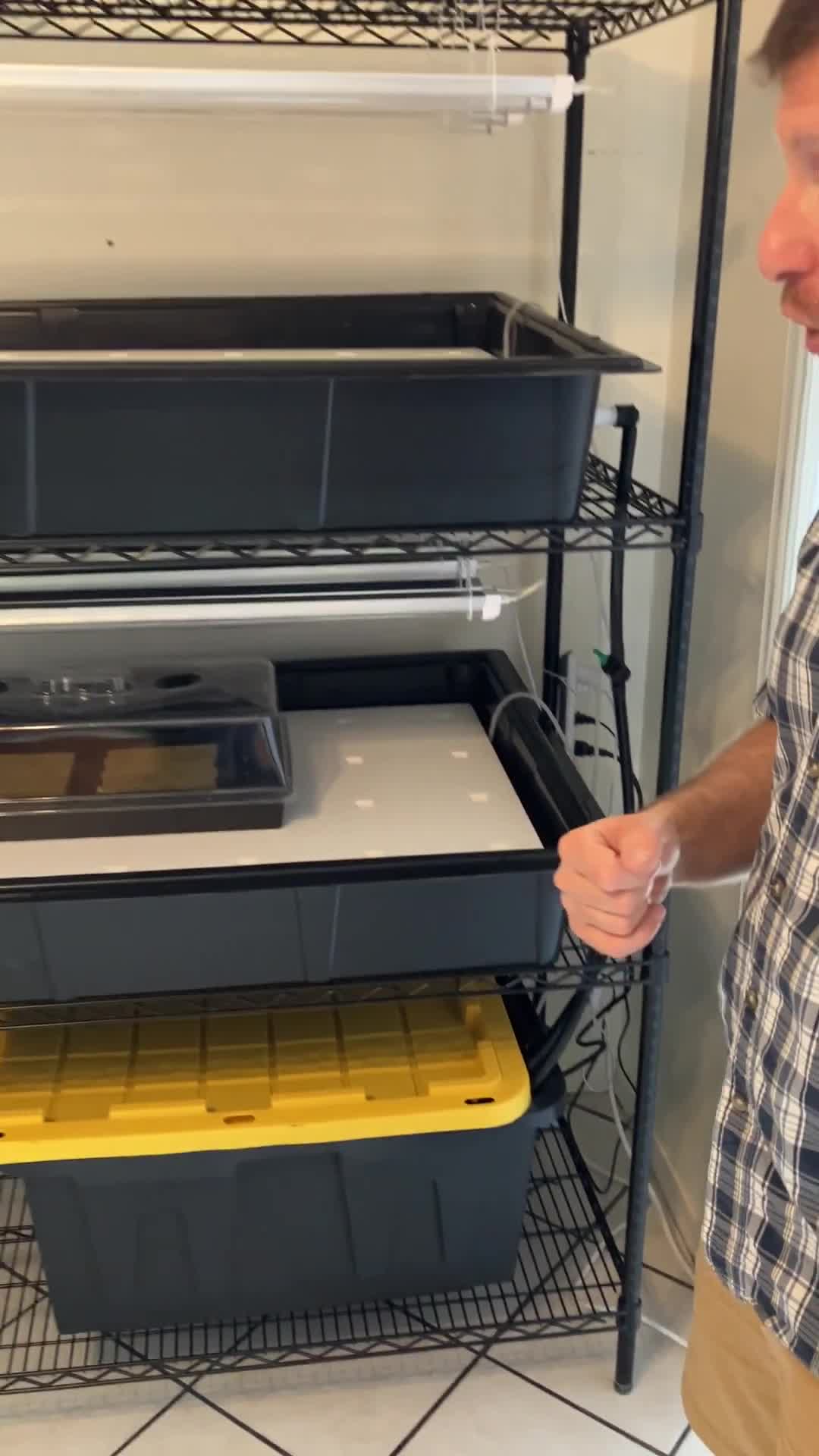Expert Tips for Maintaining Water Pump Systems and Preventing Algae Growth
July 31, 2025 | Events, Phoenix, Maricopa County, Arizona
This article was created by AI summarizing key points discussed. AI makes mistakes, so for full details and context, please refer to the video of the full meeting. Please report any errors so we can fix them. Report an error »

In a recent meeting held by the City of Phoenix, officials discussed essential maintenance procedures for the city's water systems, focusing on the importance of proper cleaning and disassembly techniques. The discussions highlighted practical steps to ensure the longevity and efficiency of the water management infrastructure, which is crucial for the community's health and environmental sustainability.
One of the key topics was the proper care of pumps and reservoirs. Officials emphasized the need to avoid running pumps dry, as cavitation can damage the equipment. Maintaining an optimal water level in the reservoir—between half and two-thirds full—was recommended to prevent overflow and ensure the pump remains submerged. This practice not only protects the machinery but also prepares the system for unexpected power outages.
Cleaning procedures were also a significant focus. Participants shared effective methods for maintaining various components, including rafts, hoses, and tubs. Using common household items like white vinegar and diluted bleach was encouraged, as these substances can effectively remove algae and calcification without the need for expensive chemicals. The use of soft-bristled brushes for scrubbing and rinsing components thoroughly was also advised to maintain cleanliness and prevent algae growth.
Additionally, the meeting addressed the importance of monitoring water levels in the trays connected to the system. Ensuring that these trays are filled to the appropriate level allows for proper gravity flow, which is vital for the system's operation. Participants discussed the need to wipe down surfaces and remove any algae buildup, particularly when plants are involved, to maintain a healthy ecosystem within the water system.
In conclusion, the discussions underscored the significance of regular maintenance and cleaning of the water management system in Phoenix. By following these guidelines, city officials aim to enhance the efficiency and reliability of the water infrastructure, ultimately benefiting the community and the environment. As the city moves forward, continued attention to these practices will be essential in ensuring sustainable water management for the future.
One of the key topics was the proper care of pumps and reservoirs. Officials emphasized the need to avoid running pumps dry, as cavitation can damage the equipment. Maintaining an optimal water level in the reservoir—between half and two-thirds full—was recommended to prevent overflow and ensure the pump remains submerged. This practice not only protects the machinery but also prepares the system for unexpected power outages.
Cleaning procedures were also a significant focus. Participants shared effective methods for maintaining various components, including rafts, hoses, and tubs. Using common household items like white vinegar and diluted bleach was encouraged, as these substances can effectively remove algae and calcification without the need for expensive chemicals. The use of soft-bristled brushes for scrubbing and rinsing components thoroughly was also advised to maintain cleanliness and prevent algae growth.
Additionally, the meeting addressed the importance of monitoring water levels in the trays connected to the system. Ensuring that these trays are filled to the appropriate level allows for proper gravity flow, which is vital for the system's operation. Participants discussed the need to wipe down surfaces and remove any algae buildup, particularly when plants are involved, to maintain a healthy ecosystem within the water system.
In conclusion, the discussions underscored the significance of regular maintenance and cleaning of the water management system in Phoenix. By following these guidelines, city officials aim to enhance the efficiency and reliability of the water infrastructure, ultimately benefiting the community and the environment. As the city moves forward, continued attention to these practices will be essential in ensuring sustainable water management for the future.
View full meeting
This article is based on a recent meeting—watch the full video and explore the complete transcript for deeper insights into the discussion.
View full meeting
